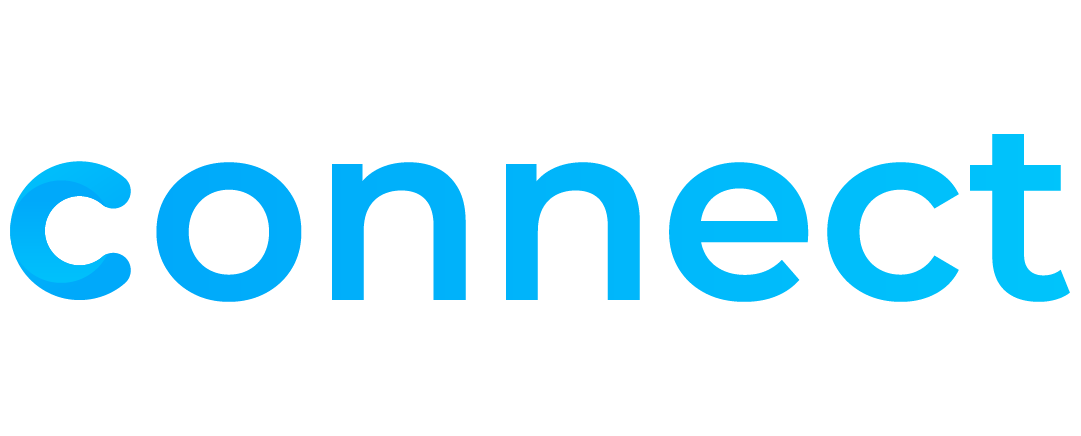SolidWorks is a powerful tool for design and simulation, especially when it comes to creating structural frames using the Weldments feature. It simplifies the process of building complex welded structures such as frames, trusses, and base structures. However, many students face challenges while working on SolidWorks weldment assignments, leading to common mistakes that impact both grades and understanding of core concepts.
In this blog, we’ll highlight the top 5 mistakes students make in SolidWorks Weldment assignments—and more importantly, how to avoid them. Whether you’re a beginner or brushing up on advanced features, these insights will help you complete assignments more efficiently and accurately.
1. Incorrect Use of Weldment Profiles
One of the first and most common mistakes students make is not selecting or setting up the correct weldment profile. The Structural Member tool in SolidWorks relies on standard profiles (such as square tubes, angles, or channels) stored in the Design Library. If these profiles are missing, improperly located, or not configured correctly, it results in frustration and project delays.
How to avoid it:
-
Make sure weldment profiles are downloaded from the official SolidWorks Content website and stored in the correct file location.
-
Update your file path under System Options > File Locations > Weldment Profiles to point to the right directory.
-
Organize folders according to standards (like ISO, ANSI, etc.) so that SolidWorks can locate the profiles without errors.
2. Failing to Use 3D Sketches for Structural Members
Many students use 2D sketches when they should be utilizing 3D sketches to create a full frame structure. This mistake limits the flexibility and accuracy of the weldment design.
How to avoid it:
-
Practice working with 3D sketches early on. Use tools like Convert Entities, Lines, and Points to build in three dimensions.
-
Turn on the 3D sketch environment by selecting Insert > 3D Sketch and learn how to navigate in 3D space using reference geometry.
-
Remember, a solid weldment structure often requires more than one sketch plane.
3. Improper Corner Treatments and Trim Order
SolidWorks automatically trims overlapping members at joints, but without adjusting corner treatments, the outcome may not reflect real-life fabrication. Overlapping beams, gaps, or poorly trimmed corners can result in confusion during manufacturing simulations or presentation.
How to avoid it:
-
After placing structural members, use the Trim/Extend tool to manually adjust how members connect at joints.
-
Experiment with different trim orders and miter options to find the most realistic connection.
-
Preview results carefully before confirming changes.
4. Ignoring Cut Lists and Annotations
A major part of any weldment assignment is showing a clear cut list, which is the bill of materials specific to weldments. Many students forget to update the cut list or fail to include it entirely in their drawing sheets, which significantly affects grading.
How to avoid it:
-
After creating your weldment, right-click the Cut List in the Feature Manager and choose Update to regenerate cut lengths and profiles.
-
When making drawing sheets, insert a Cut List Table from the annotations toolbar.
-
Make sure each unique member is identified correctly using proper naming and length annotations.
5. Overcomplicating the Weldment Structure
Some students try to include too many features like fillets, holes, or gussets directly into the weldment part file. This can cause unnecessary complexity and reduce clarity in assignments, making it harder for professors to assess your work.
How to avoid it:
-
Keep the base structure clean and simple using only structural members in the weldment part.
-
Use separate configurations or assembly files for additional manufacturing details.
-
Always focus on structure first; add features only if specifically asked in the assignment.
Need Help With a Tough Weldment Assignment?
If you’re stuck on a SolidWorks weldment task, you're not alone. Many students find this module challenging because of its unique workflows and technical requirements. That’s where professional guidance can make all the difference.
At SolidWorksAssignmentHelp.com, we provide the Best Weldment Assignment Help Online for students struggling with structural member design, cut lists, trimming, and documentation. Whether it’s a simple frame or a complex truss structure, our team of experienced engineers can deliver accurate, high-quality solutions with fast turnaround.
Final Thoughts
Weldment assignments in SolidWorks are a fantastic opportunity to learn real-world design techniques—but they also demand attention to detail and understanding of how welded structures are built. By avoiding these five common mistakes, you can streamline your workflow, improve your grades, and build confidence in using one of SolidWorks’ most valuable features.
And remember, if the assignment ever gets too overwhelming, you know where to find the Best Weldment Assignment Help Online.



